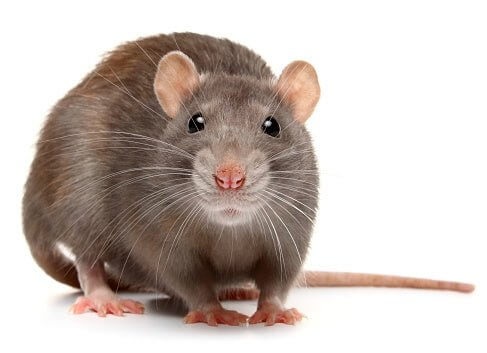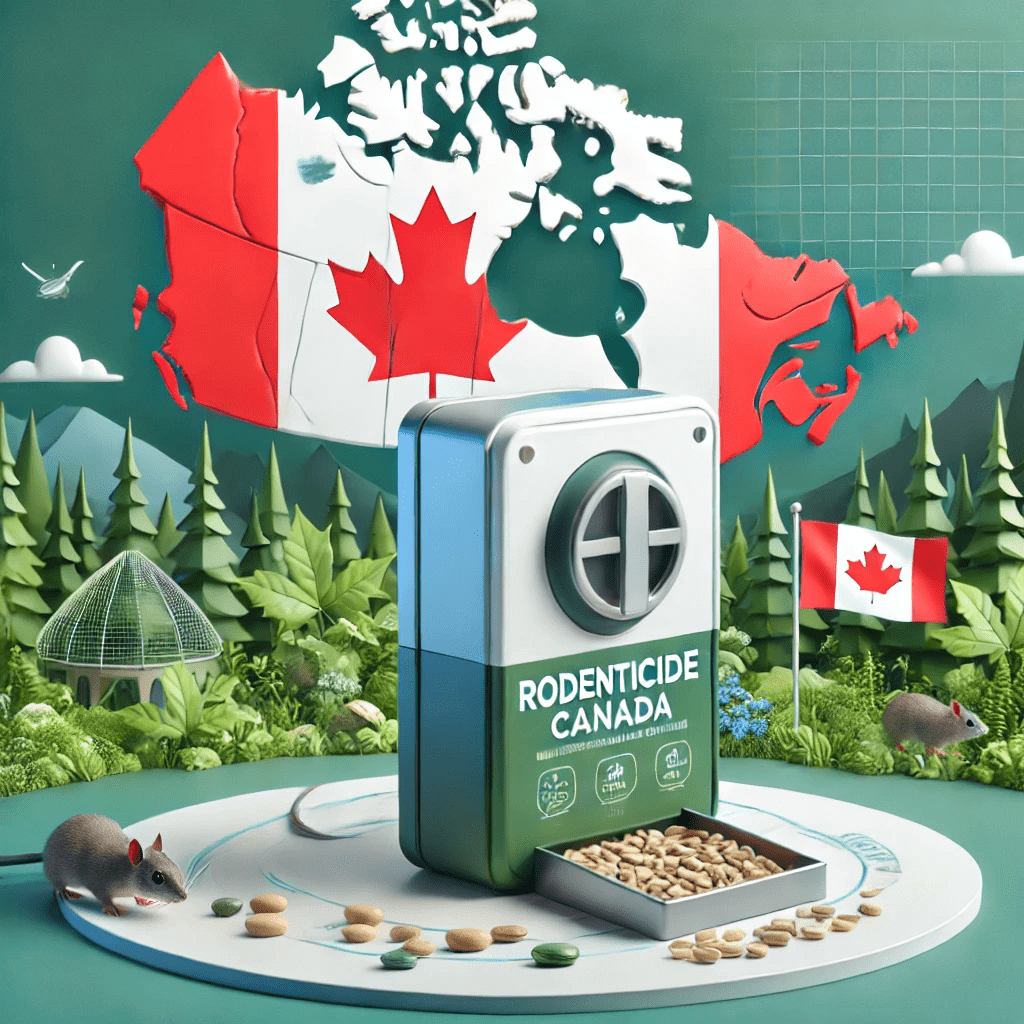Commercial rodenticides are pesticides that are specifically formulated and marketed for the purpose of killing or controlling rodent populations, such as rats and mice. These products are typically available in a variety of forms, including baits, traps, and repellents, and are designed for use in a variety of settings, including homes, farms, and commercial buildings.
It is legal to sell commercial pesticides in Canada, but the sale of pesticides is regulated by the Pest Control Products Act and the Pest Management Regulatory Agency (PMRA).
In order to sell pesticides in Canada, the products must be registered with the PMRA and have a valid Pest Control Product (PCP) number. This ensures that the products have been evaluated for safety and effectiveness and that the labeling and packaging meet certain standards.
Retailers and distributors must also comply with any federal and/or provincial regulations regarding the storage, transportation and sale of pesticides.
It is important to note that the regulations regarding the sale of pesticides can vary by province, so it is recommended to check with your local government for specific regulations in your area.
In Canada, the classification of a rodenticide as either domestic (for household use) or commercial (for professional use) is primarily determined by the Pest Management Regulatory Agency (PMRA), a division of Health Canada. Several key factors play a role in this classification:
-
Active Ingredient Concentration: Domestic rodenticides typically have a lower concentration of active ingredients compared to their commercial counterparts. This is to reduce the risk of harm to non-target animals and humans, especially in a household setting.
-
Formulation: The form of the rodenticide (e.g., pellets, blocks, liquid) and its packaging can influence its classification. Products intended for domestic use are often formulated and packaged to be safer and easier for non-professionals to handle.
-
Usage and Application: Domestic products are designed for smaller-scale, less complex rodent problems typical of residential areas. Commercial products, on the other hand, are formulated for more extensive infestations and may require special application techniques known to professional pest controllers.
-
Safety Features: Domestic rodenticides often include safety features like tamper-resistant bait stations to protect children and pets. Commercial products might not have these features since they are intended for use by trained professionals in controlled environments.
-
Regulatory Approval and Labeling: The PMRA reviews and approves all pest control products. The labeling will indicate whether a product is intended for domestic or commercial use based on its formulation, concentration, and intended application.
-
Training and Certification Requirements: For some commercial-grade rodenticides, users may need specific training, certifications, or licenses to purchase and use the product legally. This is not typically the case for domestic products.
-
Environmental Impact: Consideration is also given to the potential environmental impact. Products with a higher risk of affecting non-target species or the environment might be restricted to commercial use under more controlled conditions.
Understanding these distinctions is crucial for safe and effective rodenticide use, ensuring that these products are used in ways that minimize risks to humans, pets, and the environment. Always read and follow the label instructions on any pest control product.



